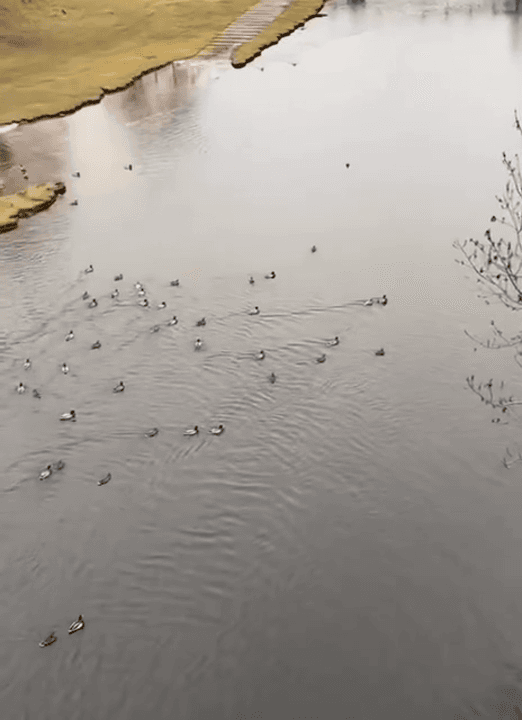
Hunting in the Free State: Blesbok Hotspots, Open Plains Shooting, and Safari Traditions Geographic and Natural Features in the Free State The Free State is characterized by its expansive grasslands, rolling hills, and open savanna. The region's altitude ranges from 1,200 to 1,800 meters above sea level, creating a temperate climate that supports diverse flora and fauna. The rich soil and abundant grasslands provide ideal habitats for blesbok and other game species, making it a popular hunting destination. The landscape is dotted with numerous game farms and reserves, each offering unique terrains and ecosystems. This variety enhances the hunting experience, allowing hunters to engage with nature in different ways. Hunters and Demographics Hunting is a significant cultural activity in the Free State, attracting both local and international hunters. While exact statistics on the number of blesbok hunters are not readily available, the province is known for its active hunting communi
Post: 23 July 16:09






























